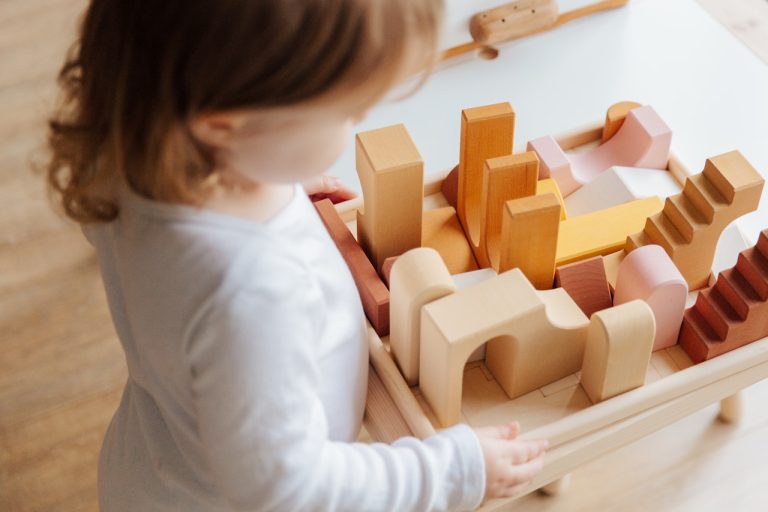Working hours
Mon - Fri: 8am to 5pm
Mon - Fri: 8am to 5pm
Share


The world of Early years education is constantly evolving, and as professionals, we must stay informed and prepared to meet new challenges.
On 1st September 2023, Ofsted introduced several significant changes to its Early Years Inspection Framework. In this blog, we’ll explore these changes and what they mean for early years providers, focusing on the critical aspect of safeguarding.
What does openness and positivity mean? Are you promoting this kind of culture throughout your setting?
Let’s dive in.
All Early years providers should have an open and positive culture around safeguarding that puts children’s interests first. This means that they protect children from serious harm, both online and offline.
In our recent blog about online safety, we discussed the importance of e-safety, why it matters and how practitioners can communicate its significance. It’s an essential read, and these are the factors Ofsted will be looking at when addressing the newly announced changes.
It is vital that staff can answer questions about safeguarding during an Ofsted inspection. But do they truly understand how they are keeping children safe from serious harm on and offline every day? Are they always putting the interests of the children first, even on the busiest of days?
Ofsted’s heightened focus on safeguarding emphasises the critical role it plays in early years settings. It’s no longer just about meeting basic standards; it’s about creating a secure and nurturing environment where children can thrive. This shift underlines the significance of safeguarding in the eyes of inspectors and should prompt early years providers to review and strengthen their safeguarding policies and practices.
Safeguarding involves the protection of children in your setting from anything from accidents, illness and emergencies to the recruitment of suitable people.
When Ofsted performs an inspection, they will be ensuring that every single staff member in the setting is well trained so that they understand their responsibilities and are empowered to speak out where there might be safeguarding concerns.
Safeguarding and child protection covers so many things. It’s not as simple as keeping an eye out for bruises and dirty clothes, but rather anything that causes concern. Sunburn, tiredness, diet and conversations could all elicit feelings of not-quite-right-ness and raise alarm bells.
A culture of openness and positivity in safeguarding means that any concern should be treated as a valid concern, and staff shouldn’t feel silly bringing worries to the attention of the designated safeguarding lead. The focus is on forward thinking and support for the family and the child involved.
The interests of the children should be first and foremost daily. To ensure your setting can protect the children effectively, it must adhere to the following considerations.
All practitioners and management must be fully aware of up-to-date safeguarding legislation and the associated policies and procedures that your setting operates under.
It’s also essential that practitioners understand what they are safeguarding against. Does your team know that there are four categories of abuse? What are the signs and symptoms of emotional abuse, compared to neglect?
Creating a workplace culture which prioritises active listening to the views and experiences of all children, staff and parents means that you can promote the children’s and parent’s voices within your setting. Fostering positive relationships with parents assists in the safeguarding of children, but should not prevent all staff members from living the ‘it could happen here’ mentality.
The EYFS requires that there must be a designated person in every setting who is trained in child protection and oversees safeguarding. It is also the safeguarding leads responsibility to ensure the team are trained in the setting policies and procedures , how this is led will impact the overall culture.
Information sharing should be encouraged among your childcare teams, with an open-door policy at all times. Explaining and embodying the ‘it could happen here’ can help to keep safeguarding front of mind on a day-to-day basis.
Everyone working within the setting must understand how to respond to child protection concerns and feel safe and secure to do so if necessary. It’s key that openness is encouraged and valued because all concerns are valid.
Every practitioner must identify children who may need early help, and who are at risk of harm or have been harmed. Concerns might include neglect, grooming, exploitation, sexual abuse and online harm.
Staff members need to understand that some children might require further help and be able to refer them quickly for expert help.
Complacency leaves room for error, and mistakes could have a serious impact on the children in your setting. Safeguarding policies and procedures should be given time and attention regularly to ensure they are robust and compliant with new changes.
Bringing in the right people is essential when you’re committed to safeguarding the children, your business and your team. Safer recruitment for early years settings means getting your hands on all the information you need before introducing someone new into your business.
Get references and ensure you are fully happy with them, check their DBS status, query all gaps in employment and challenge any worries. Recruitment in early years is suffering, but don’t let your standards slip.

During an inspection, the evidence for a proficient safeguarding provision may be collected in a variety of ways, such as:
No matter how busy the day is, it should be clear to an inspecting officer that safeguarding is always the priority and that any referrals and conversations are not put off for another day.
‘It could happen here’.
These are the words Ofsted has used in the updated Early Years Inspection Framework summary.
Your staff team needs to be vigilant daily, listening intently and confident in raising and challenging safeguarding concerns. Policies and procedures should be clearly and demonstrably under constant review as a show of commitment to continuous improvement and the protection of the children in your care.
Wondering whether your safeguarding provision stands up to the new changes? We’ve got just the course for you. Join us for the upcoming ‘Ofsted Ready: Preparing For Your EIF Inspection’, designed for all practitioners from staff on the floor to the management team.
Looking for a specific training solution? Check out what else we’ve got coming up here.
With the ever-changing regulations and guidance, join our monthly newsletter to stay current and learn more about running a better childcare setting.
Simply enter your details below to join our mailing list.
"*" indicates required fields
By completing this form you are agreeing to our privacy policy You can unsubscribe at any time

Millennium House, High Street,
Studley, Warwickshire, B80 7HJ.